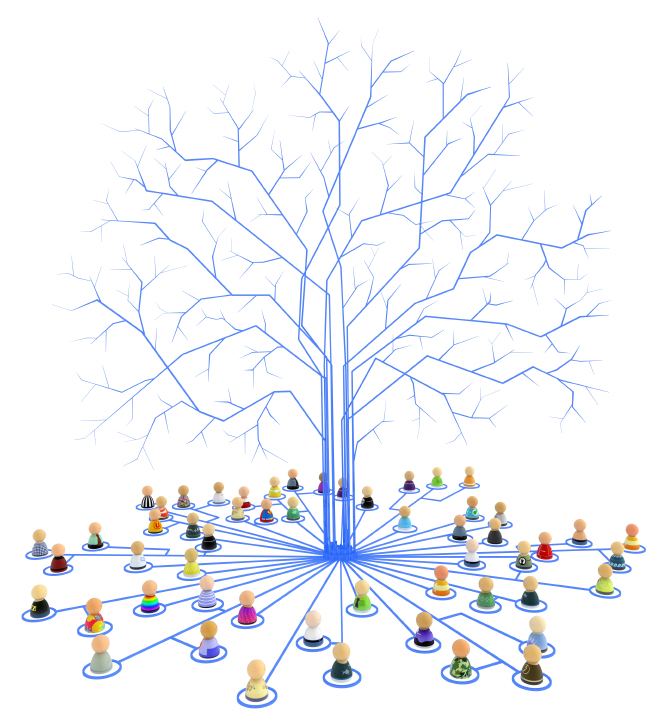
The Oxford English Dictionary definition of empathy is “the power of projecting one’s personality into — and so fully comprehending — an object of contemplation.” So how does this relate to marketing and driving revenue for your company? In an age where we are increasingly communicating via a computer, it is becoming more important that we find a way to share information and experiences digitally. By showing that you understand a client’s needs, you can share information with them that will make you a trusted (and human) partner.
What is digital empathy?
Have you noticed the news feeds on the upper right hand side of your Facebook page? None of them are the same. Each person’s individual newsfeed is tailored to them, mined and built around content that they search for and links they click. This is a great example of digital empathy and it’s done in a very personal way. As a person who loves both politics and trashy reality shows, I trust that I can go to my Facebook feed and find news that is similar to what I search for. Since politics and reality TV are my most searched items, Facebook is not going to send me news stories on cooking. They know me and share information with me that is relevant to me.
Why do you need digital empathy?
Digital empathy not only shares your brand and your message, but when done correctly it shows your audience that you are thinking about them. Not only thinking about the general audience, but the individual person and their needs. There is a fine line between informative and creepy, so always be cautious of where that line is and make sure you don’t cross it. Recently I was looking at a company’s demo on their website. I received a call from the sales person before I was finished with the four-minute video. That was creepy. By making sure to subtly feed your audience, individuals, content that is relevant to them, you’re building trust and eventually a relationship.
How do you show digital empathy?
One of the most effective ways to show digital empathy is to not only understand your audience, but to provide and share with them information that is relevant to their needs. Sending content that isn’t relevant will drive users away. A little while back, I was added to an email list for a university that I did not attend. After being sent information about successful alumni–from a university that I’ve never set foot on–I realized I was just part of a purchased list. This is impersonal and spammy. And a surefire way to drive away users. If you don’t have a strategic plan for using data in the right way, you’re going to reach the wrong audience (and potentially annoy them along the way).
Digital empathy is similar to personalized content. Personalized content is the tactic of giving your audience what they want, when they want it. But digital empathy is the step before. It’s understanding and relating to your audience by sharing with them information that is useful. It’s taking one step back and looking at an even bigger view of the buyer’s journey. It makes you a trusted partner, and a little more human.
There are no comments